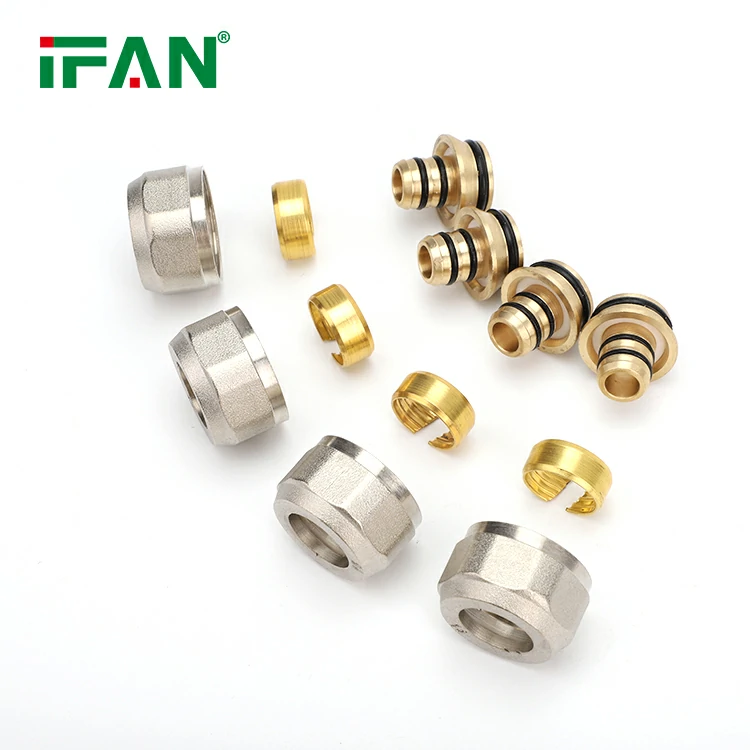Introduction: The Role of a Manifold Adapter
The manifold adapter serves as a vital connector in many fluid and air systems.
It links pipes, hoses, or devices directly to the manifold’s ports.
This ensures fluid, air, or gas is properly distributed to various outputs.
A manifold adapter makes complex systems easier to assemble and maintain.
It’s commonly used in plumbing, heating, automotive, and pneumatic systems.
Understanding where the manifold adapter connects is key for correct system installation.
This article explores connection points and practical examples across different applications.
Connection to Manifold Ports
The most direct connection is between the manifold adapter and the manifold’s output ports.
Manifolds often have several ports for directing flow to different lines or devices.
The manifold adapter screws or slides into these ports, forming a secure seal.
Depending on the system, it may use threads, compression fittings, or push-to-connect designs.
For instance, in a radiant heating system, adapters connect each loop to the manifold.
Proper sealing and alignment ensure efficient fluid distribution across all zones.
Without a manifold adapter, such precise connections would be difficult to achieve.
Linking to Tubing or Piping
On the opposite end, the manifold adapter connects to the system’s tubing or piping.
This could include copper, CPVC, PEX, or flexible plastic tubing.
The adapter provides a transition between the manifold’s port and the pipe.
Different pipe sizes or materials may require specialized adapter types.
For example, a PEX heating loop might need a crimp-ring manifold adapter.
In air compressor systems, nylon tubing may attach via a push-fit adapter.
Correct matching of materials and diameters ensures system performance and safety.
Connecting to Valves and Controls
In advanced systems, the manifold adapter may connect to control valves or sensors.
This allows automated regulation of flow, temperature, or pressure.
For instance, in HVAC zoning systems, each loop may have a control valve.
A manifold adapter connects these valves to the manifold securely and neatly.
In pneumatic systems, solenoid valves are often used for air routing.
Here, the adapter ensures leak-free flow between the valve and the manifold.
This modular approach helps technicians upgrade or repair without disturbing the whole system.

Use in Automotive Applications
In vehicles, a manifold adapter plays an essential role in fuel or air management.
It connects fuel lines or vacuum hoses to the engine intake manifold.
For example, turbocharged engines use adapters to link boost sensors or air lines.
The manifold adapter allows quick, tight connections resistant to vibration and heat.
Aftermarket upgrades often require new manifold adapters for custom setups.
These adapters ensure smooth airflow or fuel delivery under dynamic conditions.
Their reliability supports engine performance and diagnostic accuracy.
Adapting to Diagnostic and Service Equipment
The manifold adapters also serve as a bridge to diagnostic or maintenance tools.
In HVAC systems, technicians use adapters to connect gauges or charging hoses.
In automotive diagnostics, adapters link sensors to manifold ports for testing.
For example, a vacuum test may require a temporary manifold adapter installation.
In medical devices, adapters may connect testing instruments to gas manifolds.
These temporary connections must be secure, easy to attach, and non-damaging.
Adapters designed for service use are typically reusable and made from robust materials.
Compatibility and Material Considerations
Choosing the right manifold adapters involve matching sizes, materials, and operating conditions.
Brass, stainless steel, plastic, and composite adapters serve different purposes.
For corrosive fluids, stainless or chemically resistant plastic is preferred.
For high-pressure systems, threaded brass or steel manifold adapters are common.
Material mismatch can cause leaks or degrade seals over time.
Correct material selection extends the life of both the adapter and the system.
Adapters are also selected based on temperature ratings and media compatibility.
Conclusion: The Versatile Connector
The manifold adapters connect to more than just tubing or ports—it connects systems together.
Whether in a building, vehicle, or industrial machine, it links key components reliably.
From control valves to service tools, its connections define system functionality.
Proper use of the manifold adapters improve performance, safety, and ease of maintenance.
Each connection point must be carefully matched and installed for best results.
As systems evolve, manifold adapters will continue to support efficient, modular design.
Understanding their connection roles ensures better installations and smoother operations across all industries.

